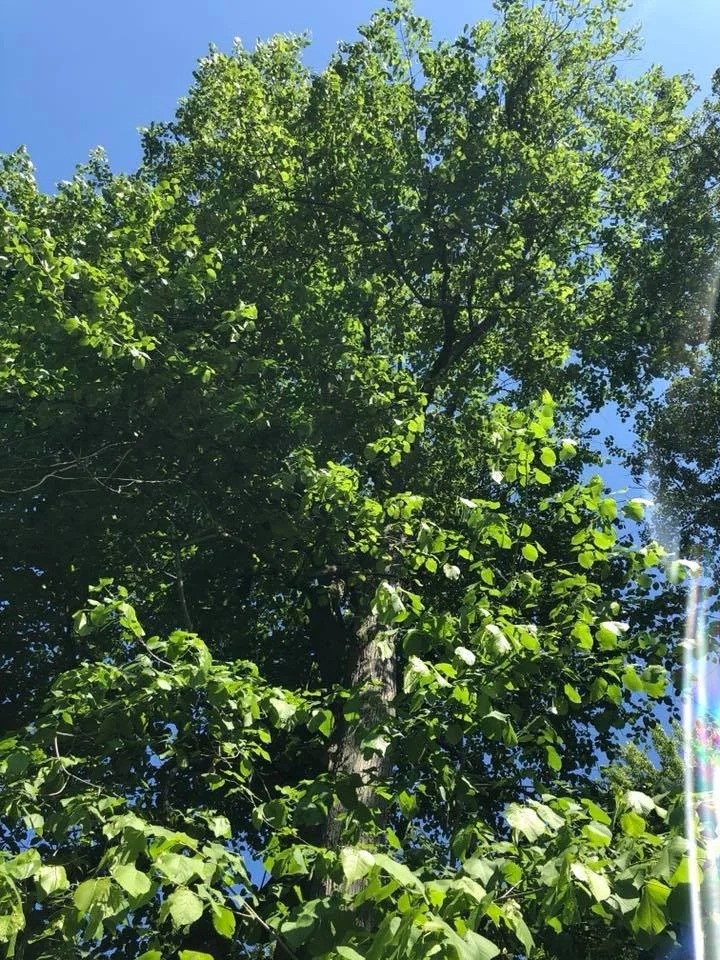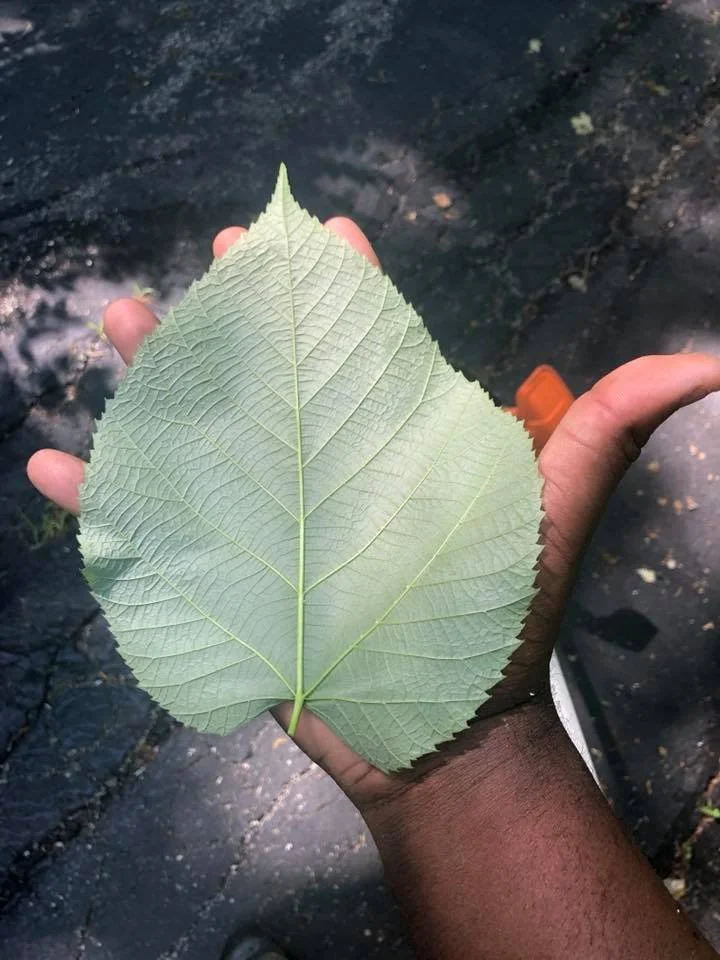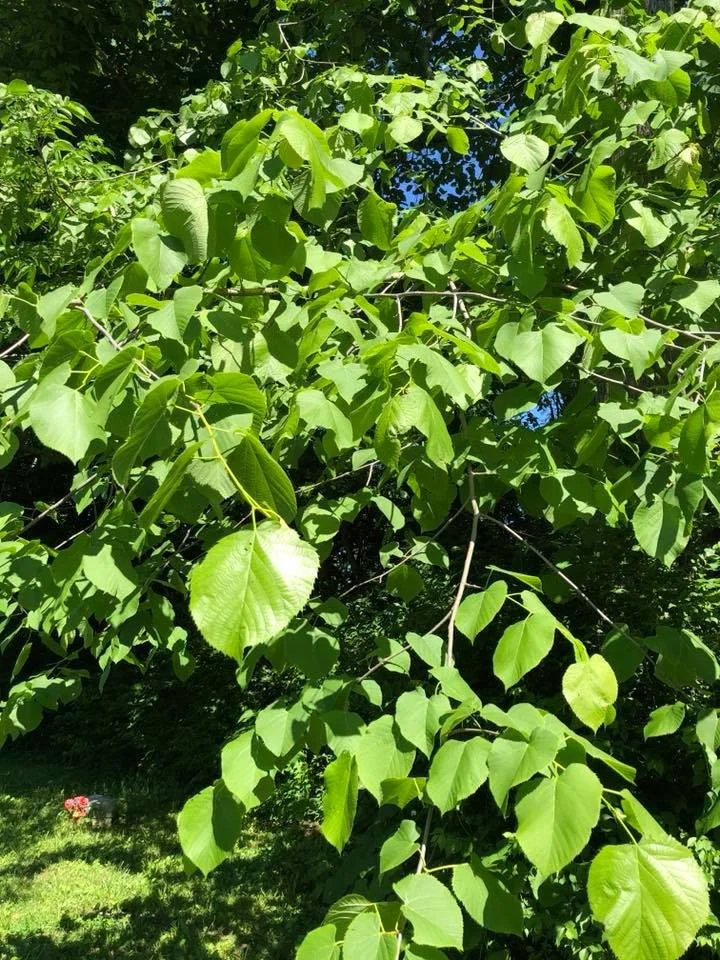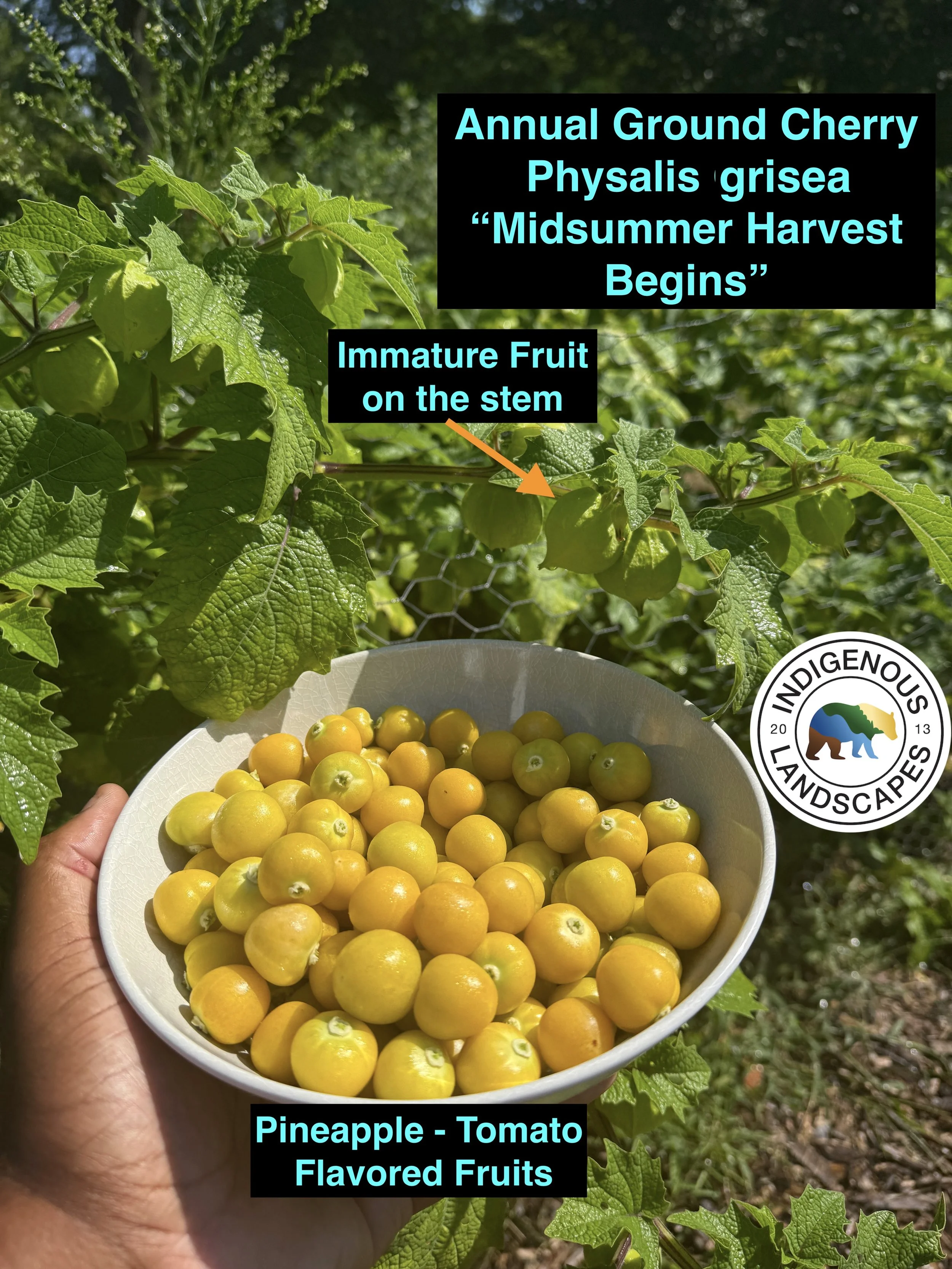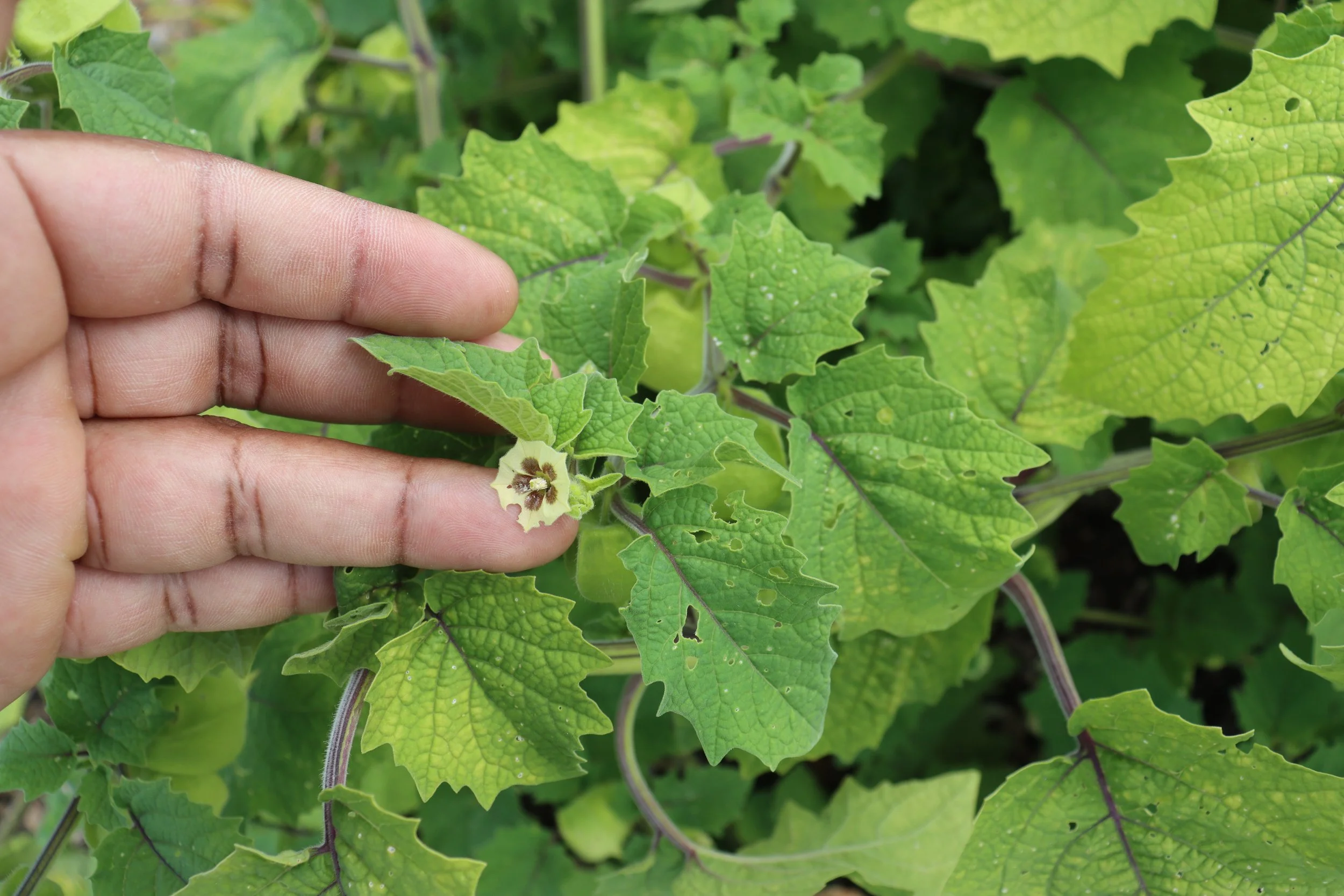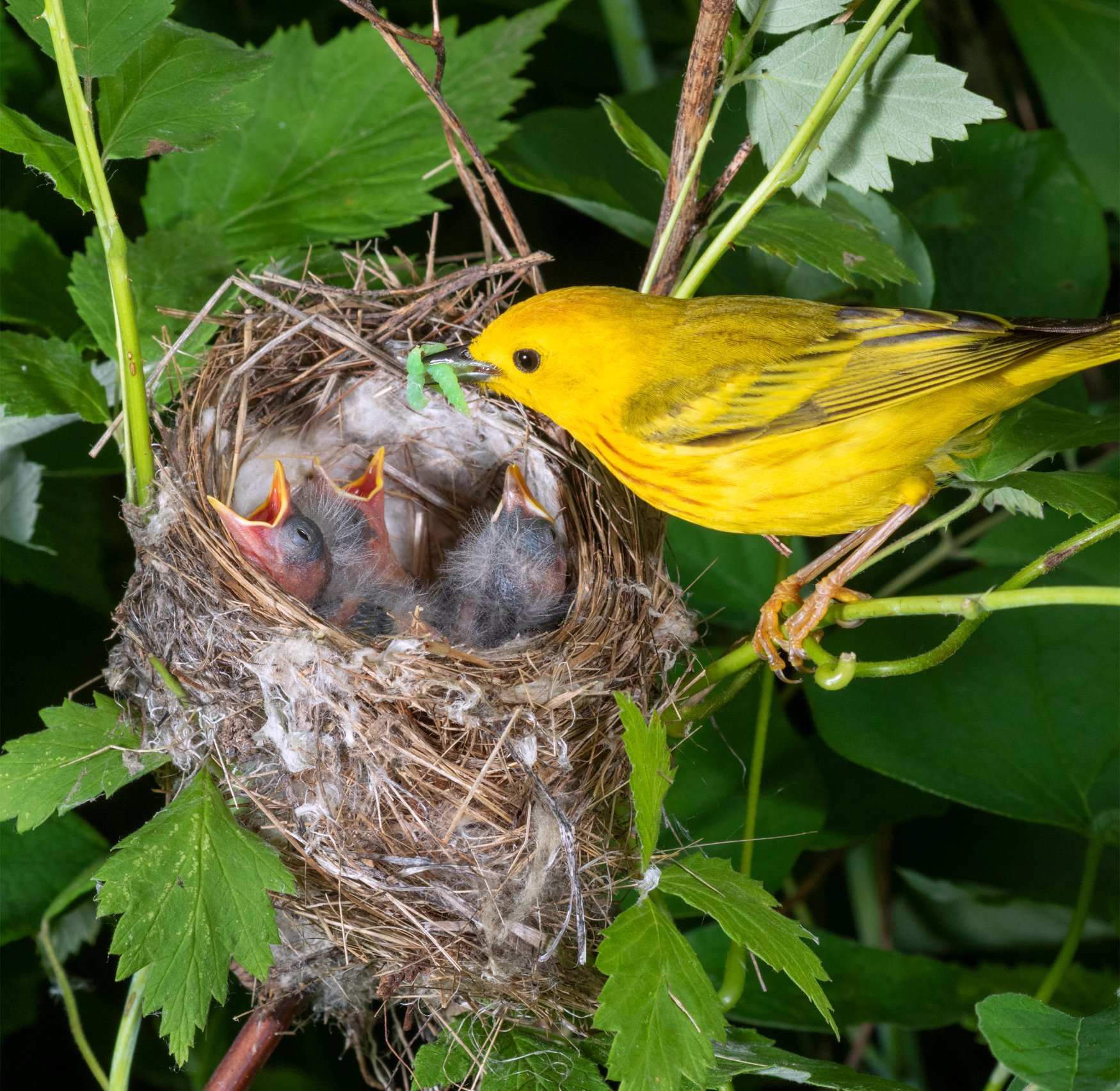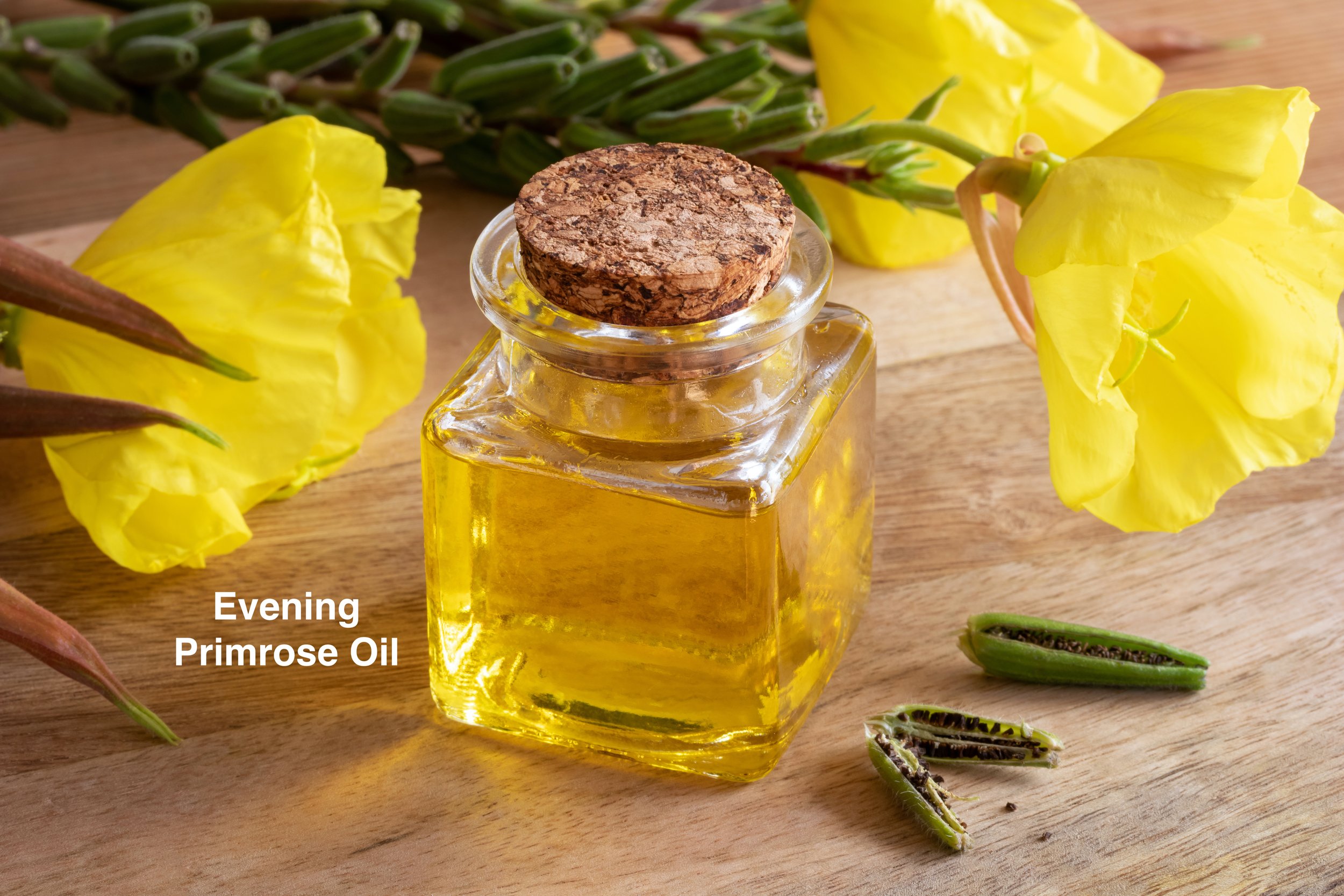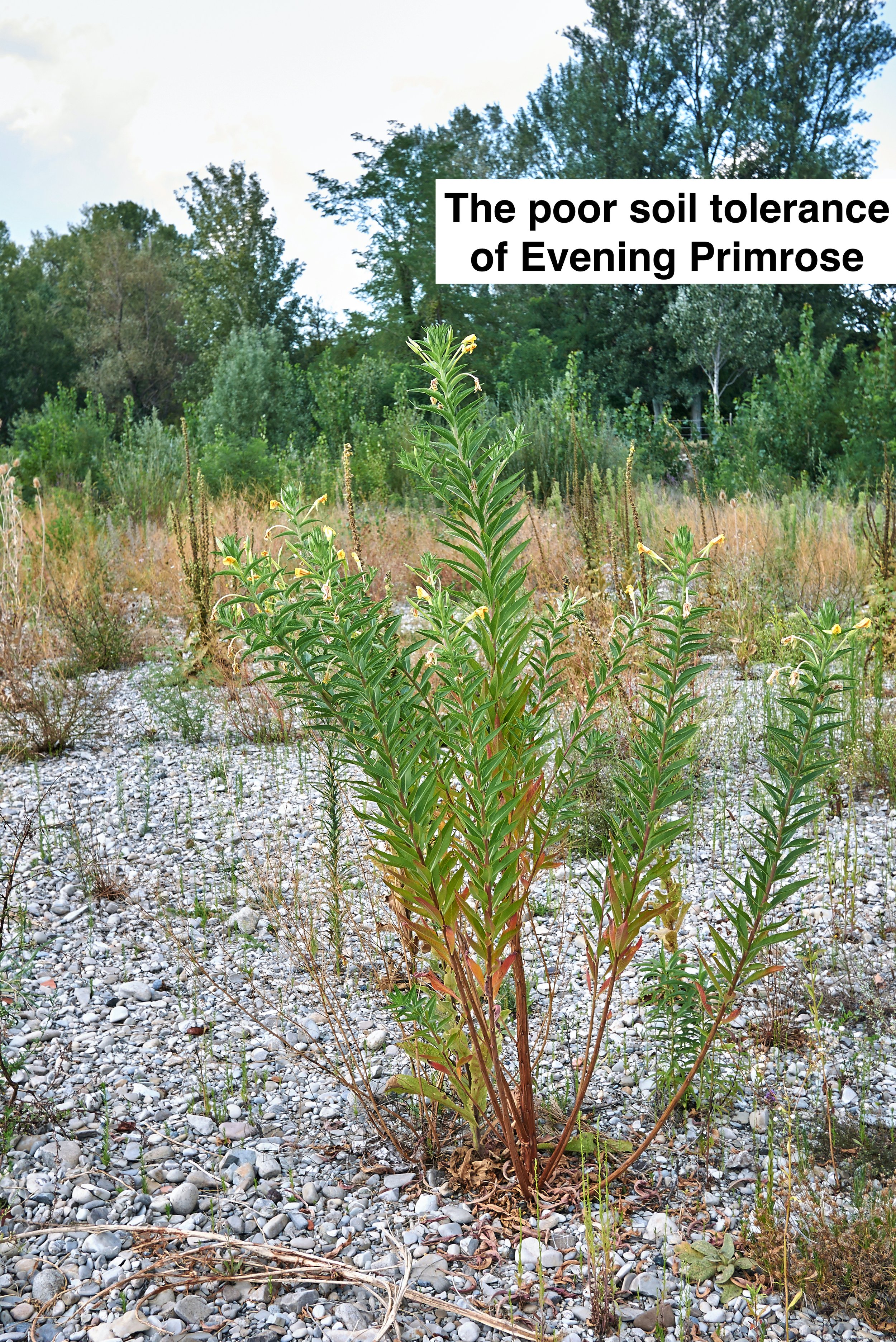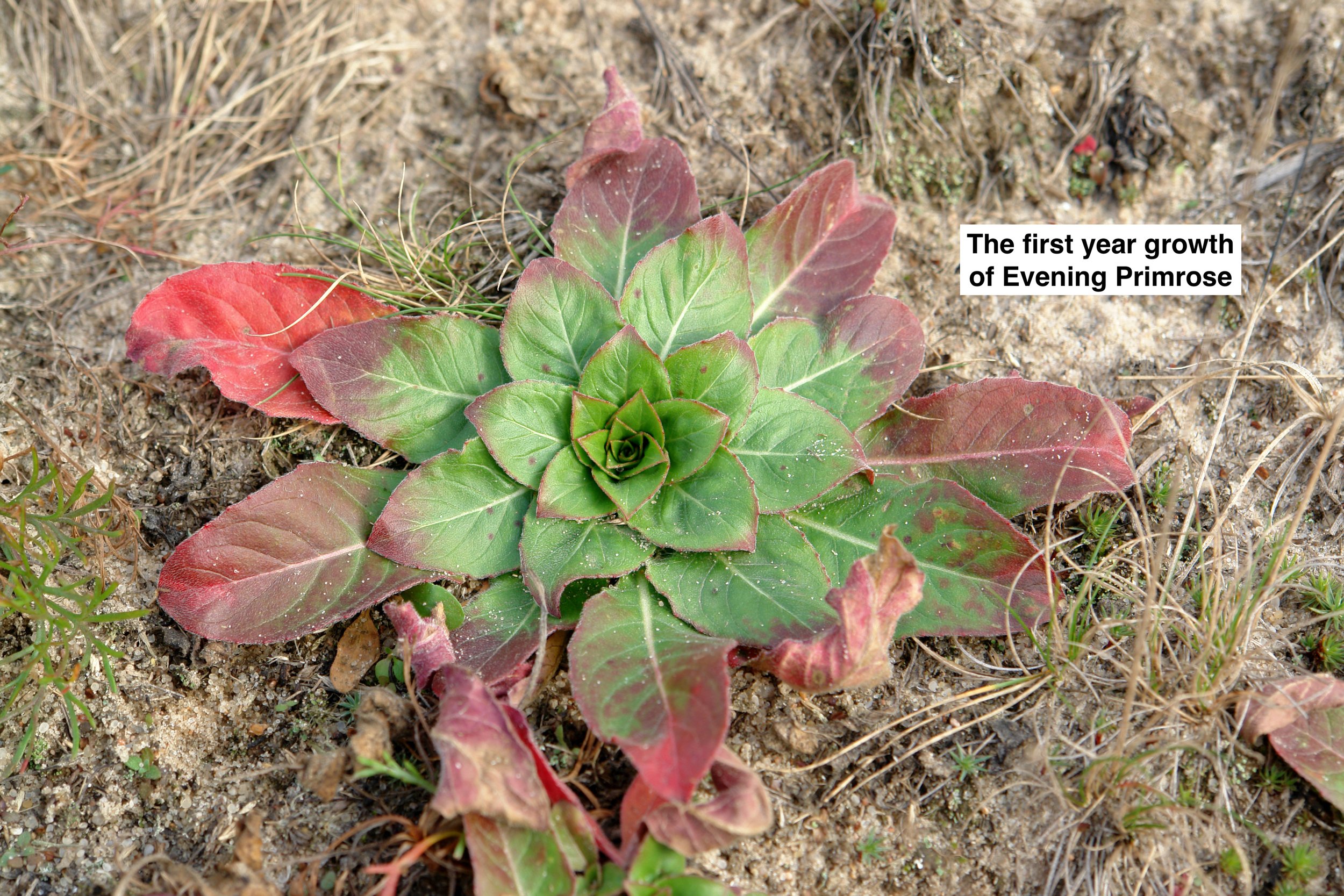Seeing some young and old American Lindens is a form of spring inspiration for a person interested in Native Plant Agriculture. In the Month of May the leaves taste good and are edible raw or cooked, the new growth green shoots+leaves are entirely edible. In a Native Plant Agriculture system, these trees would be coppiced after about 4 years of growth in the ground so as to maintain most of the tree in within reasonable harvesting range.
The nutlets that form after the busy bee attracting flowers, when ground and roasted can impart a chocolate like flavor to a drink. The flowers are quite fragrant, and some perfume manufacturers actually buy these flowers for their products. Ideally the leaf harvesting would be at a level that would allow for blooms to emerge on unharvested branches, and retain a few leaves per twig to prevent dieback. The older Lindens get, the more productive they can become, as they are one of the most prolific stump spouters east of the Mississippi River which greatly lends itself to coppiced management for food.
Besides potential Native Plant Agricultural value, American Lindens host native butterflies and moth caterpillars and provide an abundance of nectar and pollen in the month of June. They’re semi-shade tolerant allowing then to be a persistent species in many forest types. American Lindens are PH generalists; adapted to alkaline as well as acidic soils. Native birds and rodents consume the nutlets in the fall and the hollowing habit lends itself to creating caverns for wildlife. Despite its lack of fall color; Lindens make for interesting landscape specimens mostly due to an attractive leaf shape/texture and interesting branching patterns.
Looking up to a mature American Linden.
Typical leaf size for an American Linden in a 6’4” human’s hand.
Inviting leaves are indeed as palatable as they appear.
Key for the Maps Above
Light Green = Reported to an herbarium for the county as native and wild occuring.
Teal = Reported to an herbarium for the county as present and introduced by man.
Yellow = Reported to an herbarium for the county as present but rare.
Green = Reported to an herbarium as present in the state.
Orange = Once reported to an herbarium as native but now considered extinct in that county.
When considering planting a native plant, always google search the scientific name aka latin name with the word “bonap” to look up its native range as reported by country records submitted to herbariums. If the plant is native within 100 miles of your location it will be more ecologically applicable than plants native further away. The further away a plant is native, often, the less ecologically applicable it becomes.






